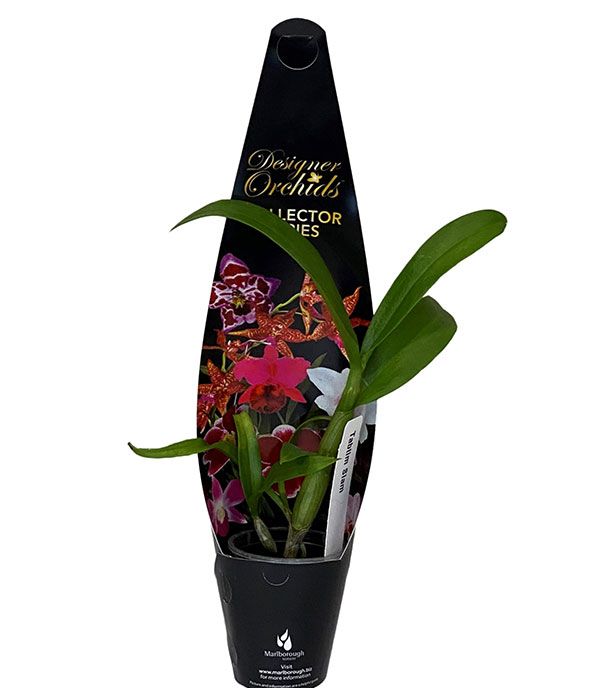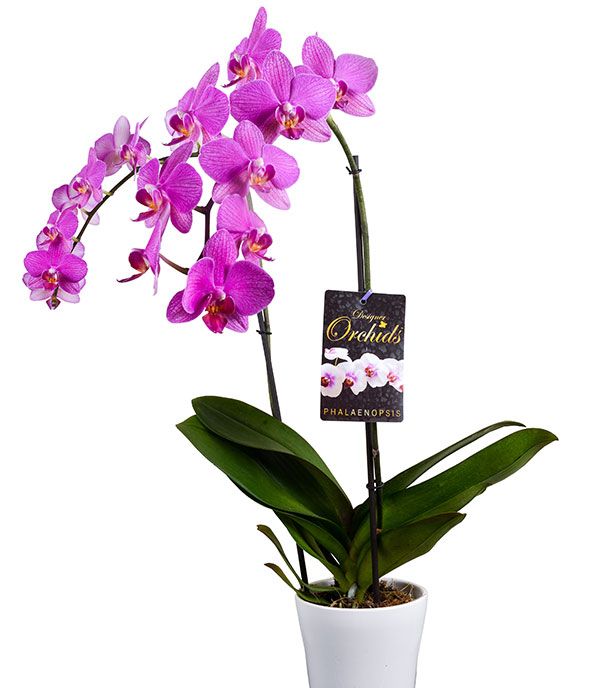Orchids
Collector Series
Orchids are wonderful and addicting. Once you have one, you will find you want another, and another, and another… They are beautiful, and some are ones that only a mother would love. Some orchids smell so sweet and others like rotten meat. Learning how the orchids have evolved to attract their pollinators is one of the most fascinating parts of the study of orchids.
Orchid lovers and growers are from all walks of life, with different occupations, but all share a passion for orchids. Once you get it, you are hooked. Orchids bring peace, love, and happiness to your life; they bring a way to escape from the stresses of everyday living. Whether you grow on your windowsill, under lights in your basement, outdoors, or in a greenhouse, you are a part of the wonderful orchid community.
The Collector Series are of the Family Orchidaceae. The Family Orchidaceae contains a large number of species. The majority of the species is epiphytes, or air-plants, and can be found growing in trees in these tropical and sub-tropical climates. These upright growing plants are native to South East Asia and Australia. Most commercially available orchids are the result of extensive hybridisation by plant breeders and multiplied by Tissue Culture methods.
Below are some Growing Notes about the different Family of Orchidaceae that we produce.
You can find an amazing amount of information about orchids on the internet especially at sites such as the American Orchid Society (www.aos.org).
Placement
Plant Care
Potting should be done as new growth becomes about half mature, which is usually in the spring or autumn. These plants need to be underpotted, so when repotting leave only enough room for one to two years of new growth. Underpotting also enables the grower to provide the more frequent watering these plants need as the smaller pots dry more quickly and evenly when filled with roots. A fine-grade potting medium with excellent drainage is required; because the medium is kept moist, annual or biannual repotting is normal.
These tolerate a broad spectrum of light but are best kept away from full sun during the middle of the day. Different Species tolerate different temperature ranges. Some require a cool winter to initiate flower through to those that like a warm temperature year round and do not require a cool period to flower. Water the potting mix thoroughly once a week in the summer, less in the winter. Do not let the potting mix get soggy or let the plant stand in water. Over watering will shorten the flower life. Once all of the flowers fall off the stem and the stem dries out, you should cut the stem about 12mm from the base. Rest the plant in a shaded position in the garden or an Orchid house and continue to water and fertilise the plant. It should flower during the next flowering season. Fertilise using a weak solution ( about ¼ strength) of a well-balanced commercial liquid fertiliser.
Growing Notes
Download our handy printable Growing Notes for each of the five orchid varieties below.
Orchid Varieties
We are proud of our reputation for quality and consider this will fuel our continued growth.
Address 466 Serpentine Creek Road,
Redland Bay Queensland 4165 Australia
Phone +61 7 3206 8035 Fax +61 7 3829 2977

